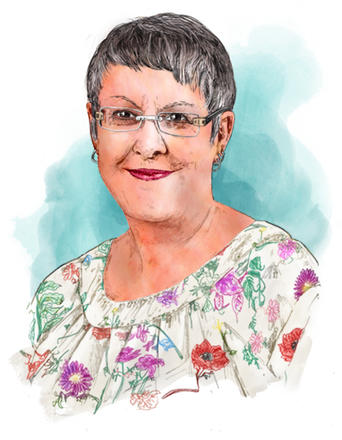Over the past few years, there has been a changing of the guard at the top of several large banks, reminiscent of the CEO changes that occurred post-global financial crisis.
While the most recent in the list may be Lloyds Banking Group’s Antonio Horta-Osório, who will depart at the end of this month, other longstanding leaders have also left centre stage, including Citi’s Michael Corbat, UBS’s Sergio Ermotti, HSBC’s Stuart Gulliver (followed swiftly by John Flint) and Credit Suisse’s Tidjane Thiam.
This raises many questions around what boards should be thinking about when considering who should next take the helm. “One of the challenges for financial service organisations is to think outside the box about the type of leader needed, particularly in this era of digital transformation,” says Alison Gill, founder at Bvalco, who advises boards and leadership teams on governance and behaviour/psychology.
Thinking outside the box may be good advice, but thinking outside the sector seems to be off limits, mainly because of the strict regulatory environment. So the next leaders have either been promotions from within or picked through an industry game of musical chairs.
Despite being a strong trend within the industry, promoting from within is not without its challenges as many bankers are entrenched in their verticals – an investment banker is very different from a retail banker, for example. “A bank needs a leader that has the gravitas but also the calmness and the interest to lead from an organisational perspective, not just from a sectoral perspective,” says Ms Gill.
There are many making that transition, including Citi’s Jane Fraser, NatWest’s Alison Rose, HSBC’s Noel Quinn, Credit Suisse’s Thomas Gottstein and ING’s Steven van Rijswijk. Others have made the leap to a new institution, such as Charlie Nunn, who is leaving HSBC to head up Lloyds Banking Group, and Ralph Hamers, who left ING for UBS.
Many times a new leader is brought in to shake up the organisation’s culture, as could be argued in Mr Hamers’s case. However, Ms Gill argues that associating company culture with the ‘great man’ theory of leadership is an outdated view. While individual leaders that focus strongly on shifting the culture can change certain things, “the ones that understand leadership is about humility and the whole organisation, not just their personality, will help a company develop a culture which is both sustainable and changeable”, she says.
Promoting from within is not without its challenges as many bankers are entrenched in their verticals
Ultimately, it is the board and the executive team as a collective that own the culture as opposed to just one person, according to Ms Gill. “Boards need to feel confident and competent in intervening, and then taking ownership of the culture,” she adds.
Ms Gill believes that the board’s role in the culture of an organisation has moved much higher up the agenda for good reason. “The board has become much more hands-on over the past five years. They are realising that they need to engage properly,” she says.
She believes this shift is related to new regulations, such as the UK’s Senior Managers Regime (SMR) which came into force in March 2016. “The SMR was a very important piece of regulation because it forced organisations to think more carefully about the role that the board plays and the way the executive committee and the board work together,” she says.
Board diversity is another issue moving up the agenda and Ms Gill spends a lot of time evaluating this area, not just in terms of gender but increasingly capability diversity and neurodiversity. “It is almost impossible for blind person, for example, to be a board director because of the sheer amount of paperwork that has to be appraised in a short timeframe. I am also looking at the difference between how introverts and extroverts receive information,” she says. “There aren’t established best practices around how boards are organised and how they should present information in ways that supports comprehension across a diverse population.”
The Covid-19 pandemic has had a big impact on boards, as Mr Horta-Osório will soon find out when he becomes chair of Credit Suisse. Many board directors have reported that they have had to get under the skin of the business model and finances to a level of detail that they wouldn’t have done before the pandemic, according to Ms Gill.
Others outlined the benefits of virtual meetings, such as coming together more easily and reacting more quickly. But the downsides are, of course, that there are now non-executive directors and chairs that have joined boards but have never met anyone in person. They have also lost important informal contact that builds relationships between board members. “So the solicitation conversations that might have occurred in between sessions doesn’t happen, which makes it harder to pick things up,” she says.
Ms Gill spent much of 2020 facilitating board strategy meetings, as many had to rewrite their strategy during Covid. “Those that have done well through this period already had a strong sense of their core values and used them to help the boards through their decision-making process,” she says. “Boards that hadn’t focused on their values and the cultural element, and didn’t have good HR support, were found lacking quite early on.”
Joy Macknight is editor of The Banker. Follow her on Twitter @joymacknight
Register to receive the Editor’s blog and in-depth coverage from the banking industry through the weekly e-newsletter.






